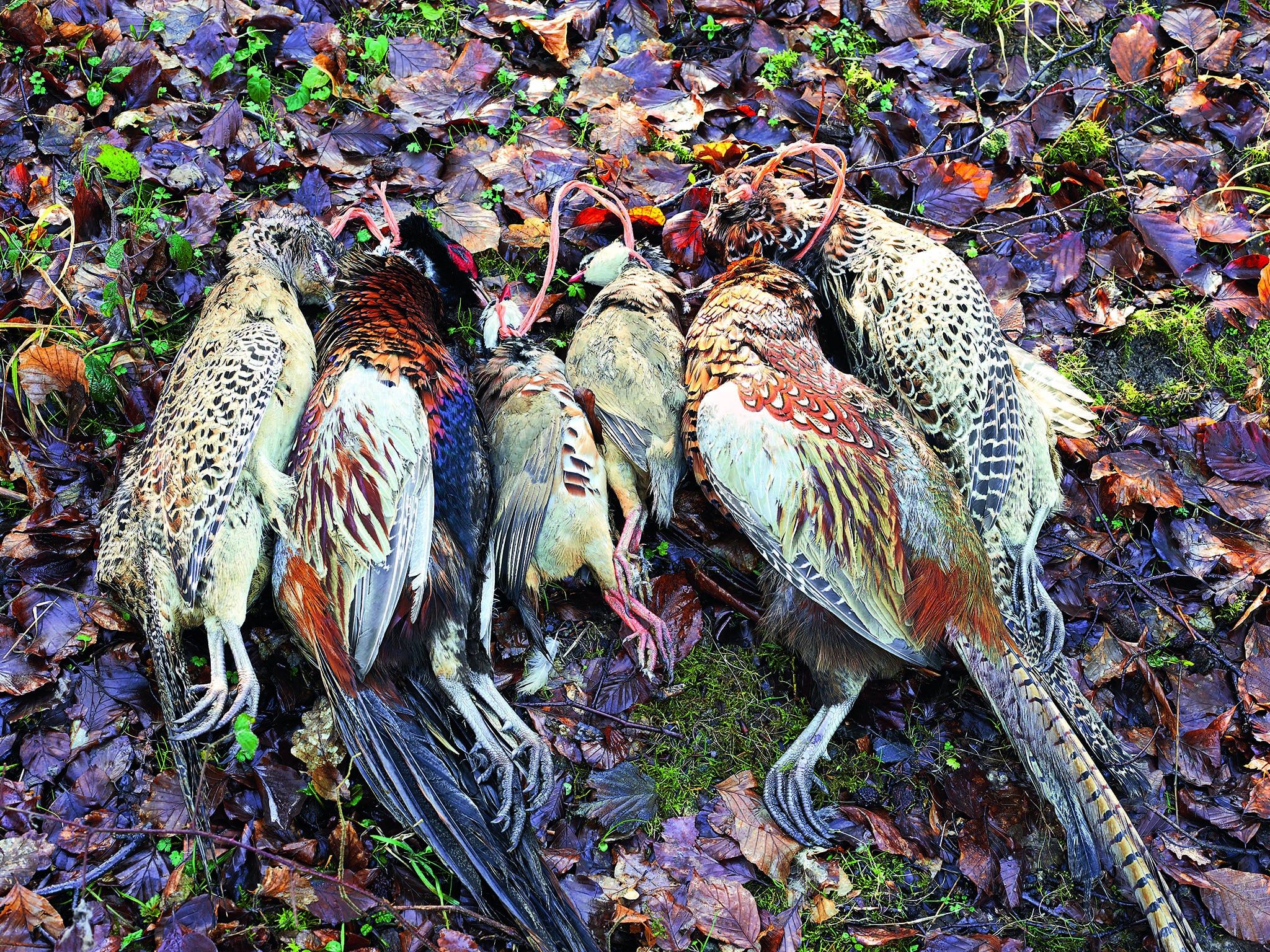‘Game’ masterclass: How to hang and prepare birds
Bird is undoubtedly the most popular game category. Here TV presenter Phil Vickery and butcher Simon Boddy explain how best to get to grips with our feathered friends, from when to eat to how to use the innards

Your support helps us to tell the story
From reproductive rights to climate change to Big Tech, The Independent is on the ground when the story is developing. Whether it's investigating the financials of Elon Musk's pro-Trump PAC or producing our latest documentary, 'The A Word', which shines a light on the American women fighting for reproductive rights, we know how important it is to parse out the facts from the messaging.
At such a critical moment in US history, we need reporters on the ground. Your donation allows us to keep sending journalists to speak to both sides of the story.
The Independent is trusted by Americans across the entire political spectrum. And unlike many other quality news outlets, we choose not to lock Americans out of our reporting and analysis with paywalls. We believe quality journalism should be available to everyone, paid for by those who can afford it.
Your support makes all the difference.How long you should hang feathered game is a much debated subject – one that can cause many a heated argument, but it can really make or break a delicious meal. Firstly, it depends on the bird you have shot and by that I mean the age and possibly the sex.
A young hen pheasant bird, for example, will obviously cook differently to a wily old cock pheasant. Secondly, it depends on the time of year.
A lovely young partridge shot on a warm late summer or early autumn day will only need a day or so at room temperature. In winter, however, when the temperature outside can be colder than in a fridge, it can take a week or so.
Thirdly, it really depends on how strong you want the flavour to be. I, personally, have never enjoyed cooking or eating stinking, green, putrid flesh. As general rule of thumb, therefore, one to two days in late summer and early autumn is sufficient for all birds.
Come late autumn and winter, I would hang birds for four to five days, sometimes a week if the weather is particularly cold. The only bird I eat fresh, with no hanging, is pigeon, as to me they taste and cook far better.
Once shot and hung, the bird needs to be plucked. I favour dry plucking to either wet plucking (when it is dipped first in a tank of water) or the method by which it is first dipped into hot wax, then cooled and the feathers removed in big chunks.
The reason being is that it keeps the bird dry and firm, and avoids it becoming flabby and bloated. As most game is sold in polystyrene trays and wrapped in plastic film the moisture has nowhere to go.
Plucking of all wild game can be a bit tricky, though. You have to take care not to tear the delicate flesh away from the skin. Some are more fiddly than others. With pheasant you need to take it slowly or the flesh will tear around the side of the breast.
Pigeon, on the other hand, are really easy and will pluck quickly with no tearing.
All birds are plucked and drawn (gutted) in the same way. I like to keep the livers as they make good paté (they freeze well). I also keep gizzards and hearts, but you need quite a few to make a proper meal.
The only exception to this rule is woodcock. If roasting it, the guts are left in and only removed to make a paté afterwards. This is possible because a woodcock excretes when it flies, so it should have a clean tract! Once a bird is prepared, I like to chill it well. This also helps if you are going to cut it up or prepare it for various recipes as the flesh is firmer.
Extracted from ‘Game‘ by Phil Vickery and Simon Boddy. Published by Kyle Books. Photography by Peter Cassidy
Join our commenting forum
Join thought-provoking conversations, follow other Independent readers and see their replies
Comments